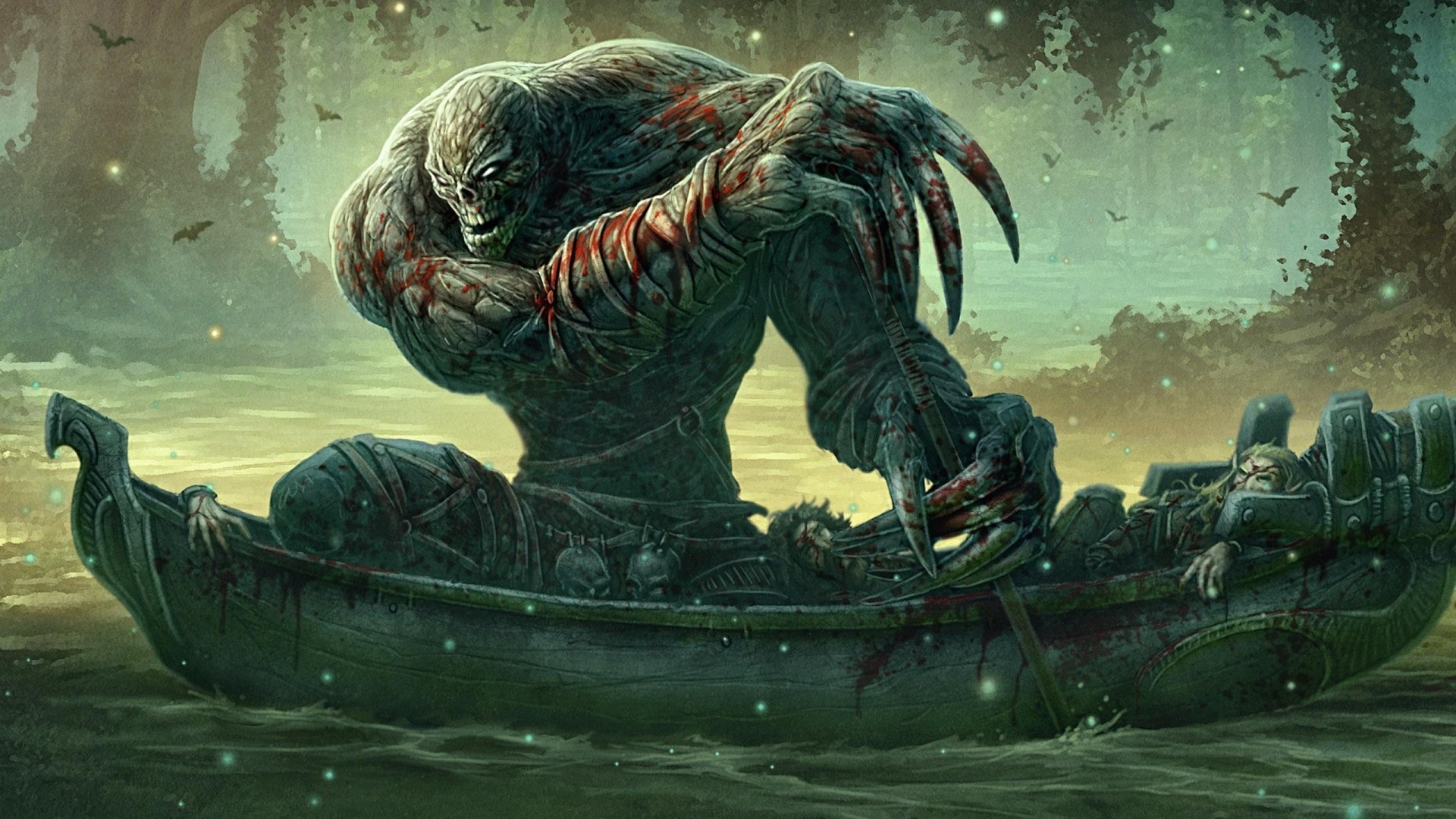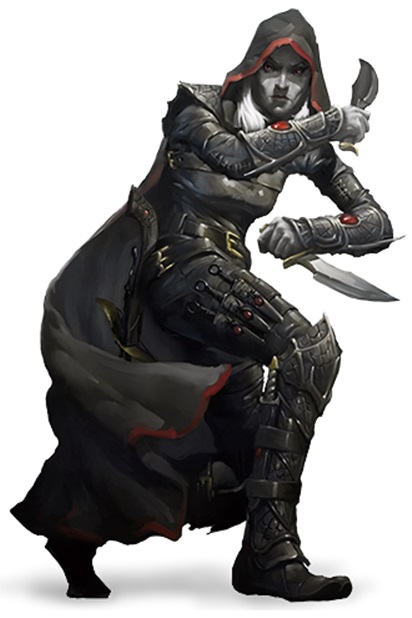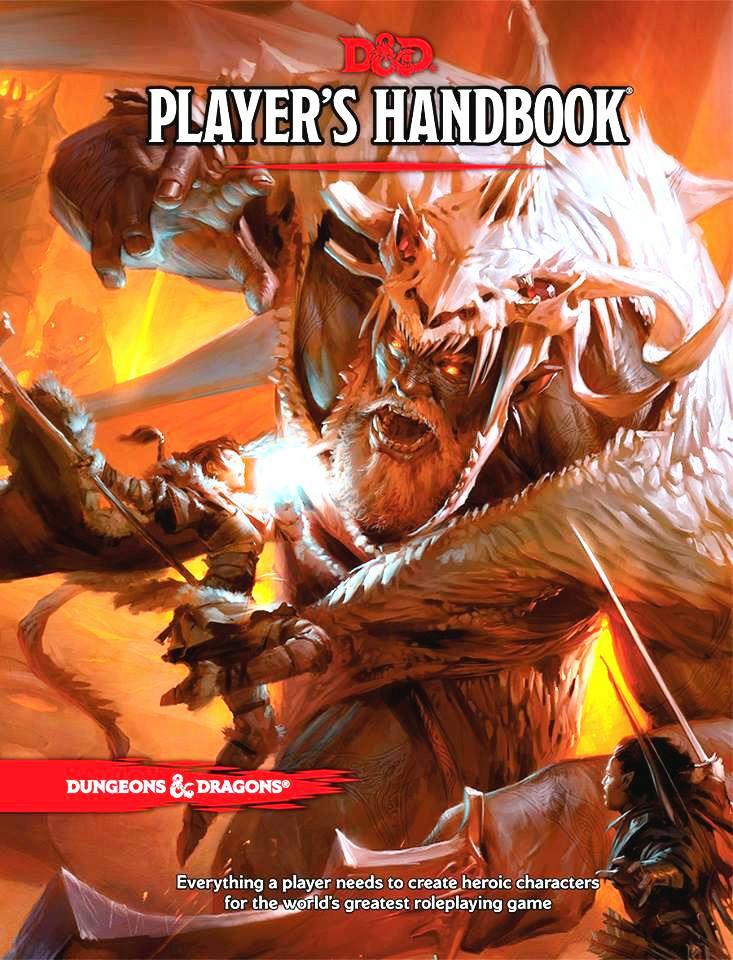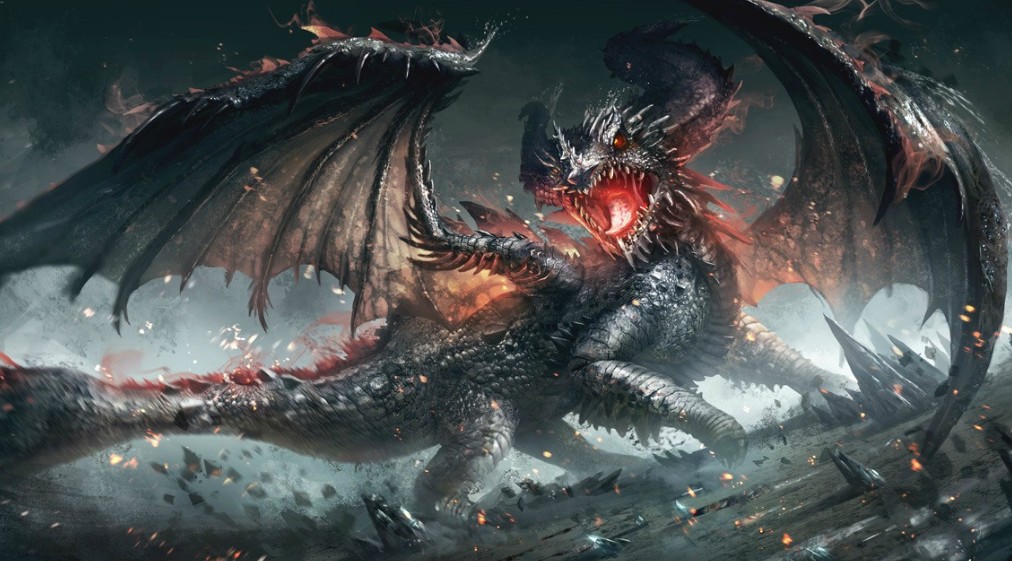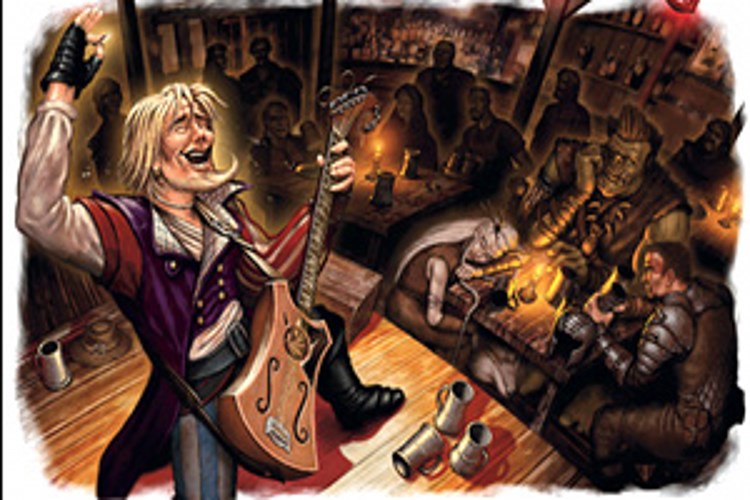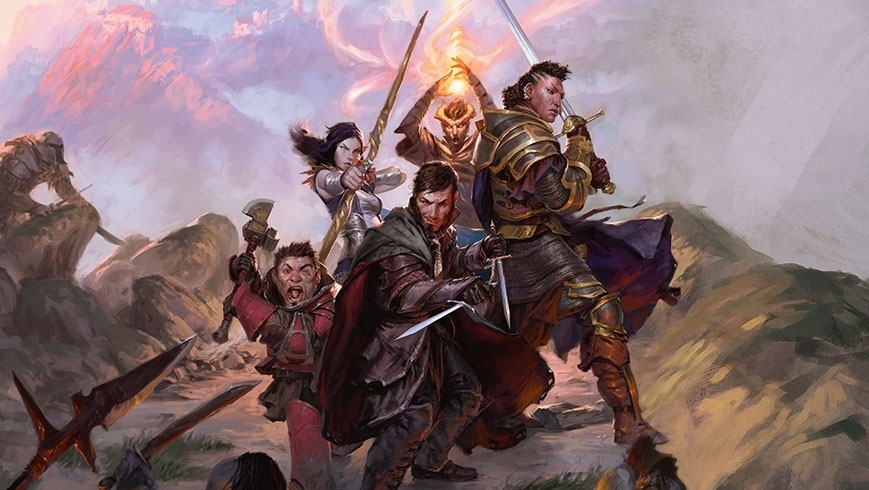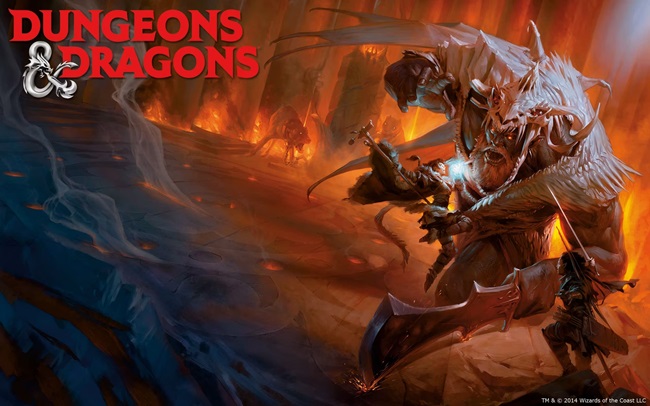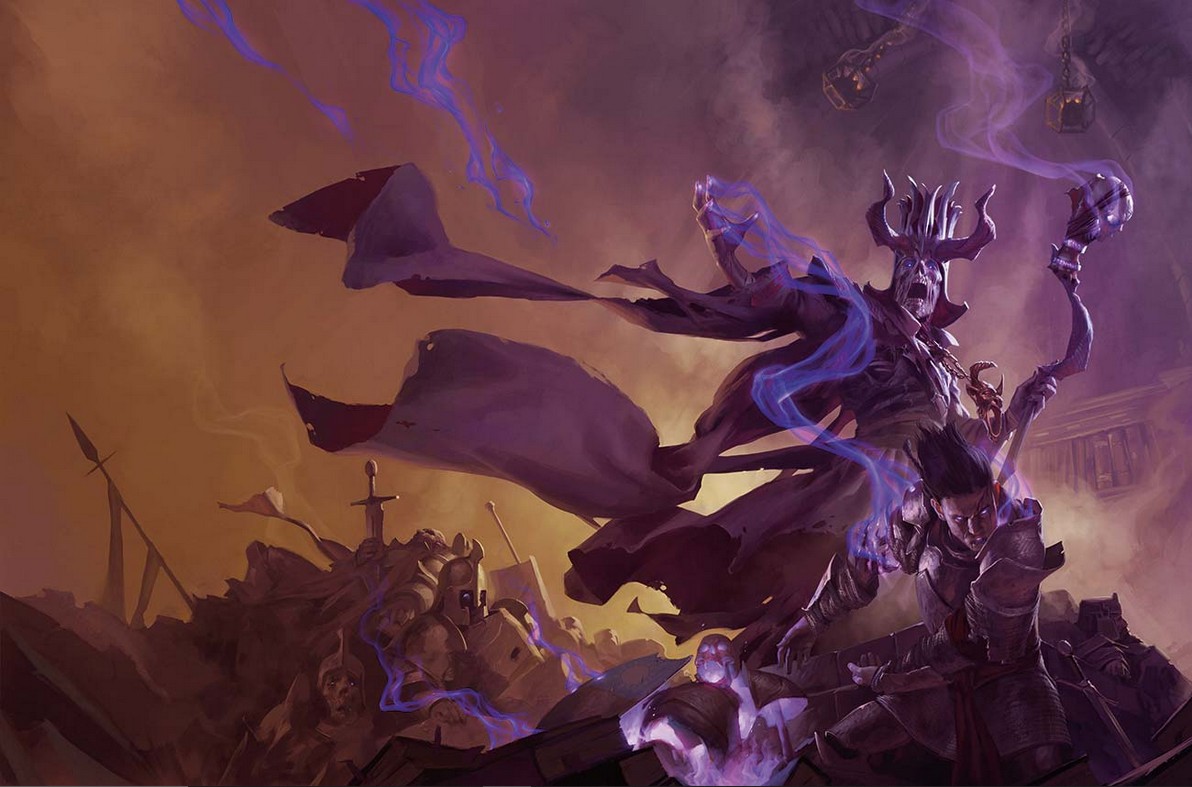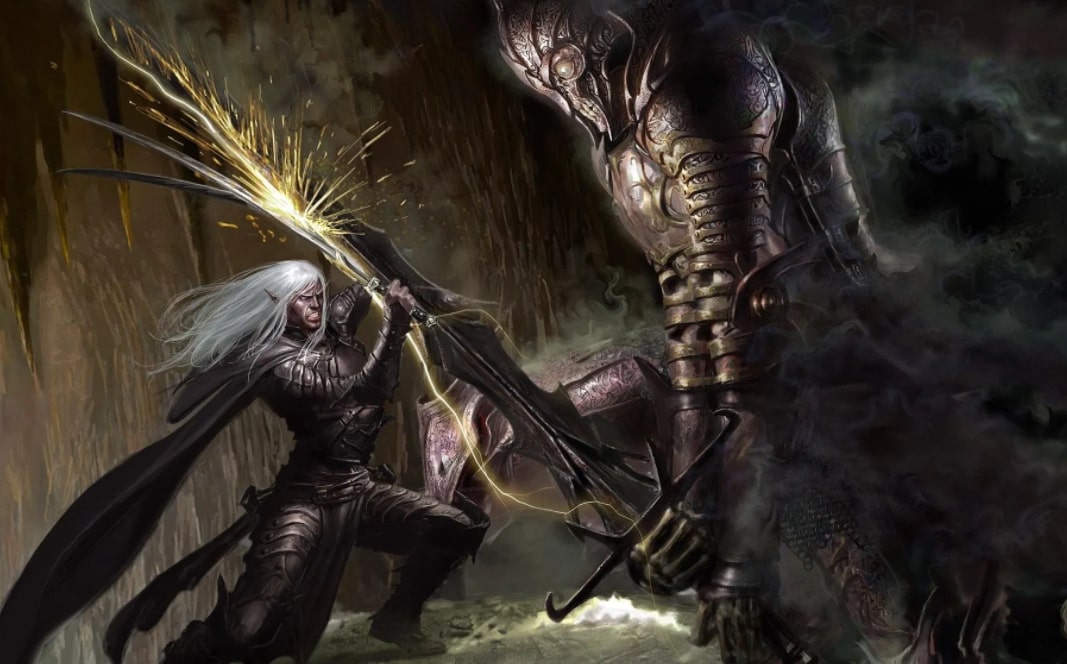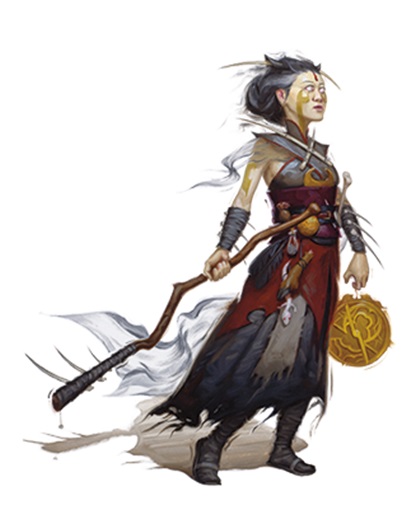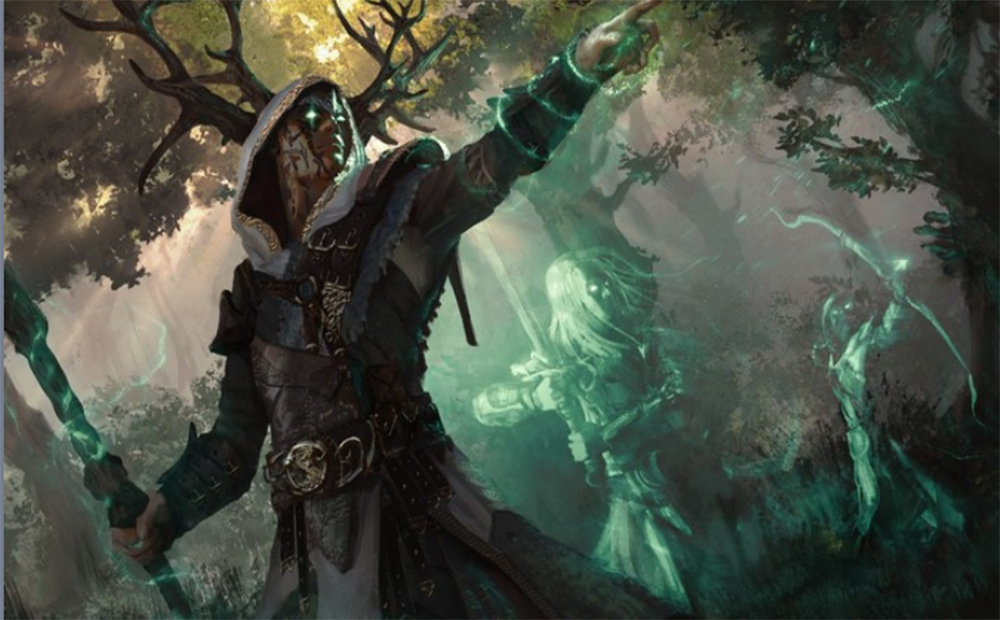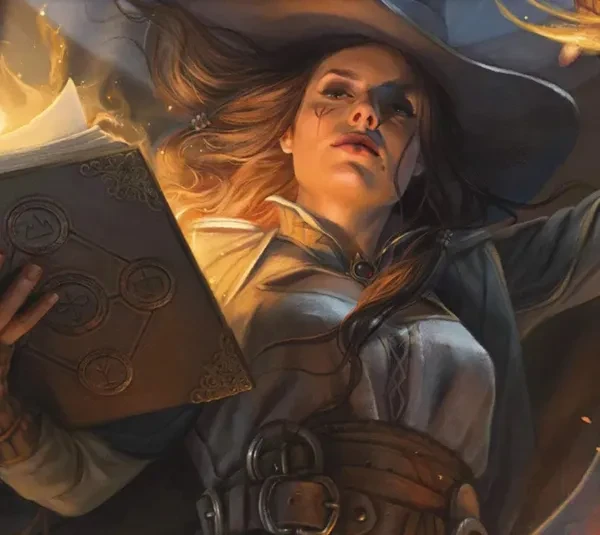
D&D: How to Make Your Campaign Challenging and Fun
25 Tips for Dungeon Masters
1. You’re the referee, not the coach
The best way for a campaign to fizzle out is by the DM telling the players how they should play. Cater your game to the players you have, don’t expect them to change what they think is fun to fit your plans. Whether they have the most fun being reckless or super tactical, they’re doing it right.
2. Bigger baddies? No. Complexity? YES!
The challenge ratings of modern D&D monsters are notoriously overestimated unless you make the fights more complicated than just taking turns stabbing each other. Those evil shark people that boarded the ship: sure they may be pushovers, but they can breathe underwater and have a swimming speed for a reason. Try pulling a player overboard! Give the players something else to focus on like not drowning or protecting something important to them and your encounters will stop seeming so flat and easy.
3. IRL problems require IRL solutions
No group is perfect–if a player is making it difficult for others to enjoy the game, the only mature solution is to talk with them about it outside the game. Punishing them as an overly harsh DM is passive-aggressive and ineffective. The issue is solved either with an adult conversation or by reconsidering their invitation to the next session. It is what it is.
4. Keep your house consistent
It’s well-known advice that DMs are the ultimate arbiters of the rules at their tables, but you must be consistent. Players are going to pick up on what you say is okay and if you violate that expectation, they’re going to feel cheated. Maybe even keep a log of them so everyone is always on the same page.
5. Homebrew warning!
Say what you will about the official D&D team over at Wizards of the Coast, the amount of work that’s been put in to at least try to playtest and balance features and spells is more than you will ever have time to match. Maybe everyone at your table loves the result of something brewed up in their heads – fair enough! But if you feel like your players start punching way above their weight, don’t say I didn’t warn you.
6. Let evil be evil
If the golden rule of “as long as everyone is having fun” is being respected, letting a player be baddy isn’t a deal breaker. So long as the evil player character can contrive their willingness to cooperate with the rest of the party, it’s business as usual. Just look at Astarion from Baldur’s Gate III, he’s one of the most plainly evil and most widely beloved characters in the game.
7. Premade modules are a goldmine
Official content is published with the insight of decades of experience. Pacing, the prevalence of both treasure and obstacles, and the density of enemies are just a few examples of campaign aspects from premade modules that can hone your future skills as a DM. Plus, it's nice to have some of the workload taken off your hands.
8. Save yourself with “session-0”
Session-0s establish player expectations, which can be especially useful if you're DMing for new players. Being upfront about your intended difficulty, having anxiety that your roleplay-heavy campaign will be boring for some players, or avoiding sensitive subjects can all be addressed ahead of time. This can reassure your players that they’re getting the experience they signed up for.
9. Fake confidence is real confidence
There are plenty of admirable live-play game series out there, but this is your game. There are thousands and thousands of successful campaigns going on all over the world and they're not all DM'd by master improvisers. Just be authentically you and remember, as far as the players watching you are concerned, comfort lands better than trying to be a comedian.
10. Digital maps are your best friends
There is no shortage of maps available for you to snag from the internet for your own purposes. Even if you don't have a fancy setup with a monitor displaying the map on your table, you can copy the gist of the environment onto a playmat. That's more time you can spend on other preparations!
11. Everyone loves free ambiance
Audio ambiance is a low-effort, high-reward investment to make the D&D experience come to life for your players. This is a matter of showing and not telling your players what the tone of the situation is. You could have multiple videos playing simultaneously from a laptop or find a background noise app that you like.
12. Recaps are good for everyone
You may be the mastermind behind the campaign, but the players may not remember events, names, and motivations as well as you do. It's not all that common for players to take notes, and this is a quick and clean way to keep your narrative at top-of-mind. Besides, your players may mention something you’d forgotten about.
13. Fudge is addicting
It's your game, only you can make the executive decision to prioritize a climactic moment over a genuine dice roll if you so choose. But this is a slippery slope! No one at the table knowing exactly what's going to happen is part of the magic of D&D, it would be a disservice to your players and yourself if you took some of the chance out of the game.
14. PP is for DMs, not PCs
Contrary to popular belief, passive perception is not designed to be the floor for what a player can notice. It’s made to substitute repeated checks or for you to have something to roll against in secret if, say, something is trying to hide from them but they’re not actively looking for it. I hope your players are ready for an ambush or two!
15. Not "no," but "how?"
Your players will almost inevitably ask, “Can I do this?” about some random crazy course of action. You may fail to remember a sourcebook giving a ruling and want to shut them down, but make the rules work for you! Make your players suggest what kind of rolls they can attempt to accomplish their wacky goals–you don’t want players to be so bored as not to try some outlandish stuff.
16. Enemies aren’t mindless
Part of the thrill of playing a character in combat is the promise of a real threat, and that means punishing them for exposing themselves to danger. If the resident squishy mage is undefended in a fight, why wouldn’t the assassins try to target them? Making your enemies competent fighters makes your players better at the game, too.
17. Make money important
In addition to any story-related motivations, needing money is a source of in-game pressure that you don’t even need a plot to justify. Needing consumable items, needing better equipment, or paying for some expensive service are all quite common hurdles. It can force players to interact and cooperate with your NPCs, something many new players are shy about doing.
18. Bake in their backstories
Whether it’s a pre-made or homebrew campaign, you still have control over the names of individuals, organizations, and items. Baking backstory buzzwords into the game is a low-cost way to get your players more invested. Player characters are created to be unique in the hopes that that will somehow matter, so make it!
19. More and more rolls
All too often, inexperienced players will simply wait for the DM to prompt them to roll something. Reminding them that they have the freedom to interact with your world on their own may seem unnecessary, but it will help them become competent players faster. The more time they spend making rolls outside of combat, the more impact they will feel they have on the game.
20. Anything can be suspicious
If you describe it, don’t be surprised if your players scrutinize it. If your players are fixated on a detail you didn’t give any thought to (e.g. a shelf full of books), you’re stuck between the rock of getting them back on track and the hard place of coming up with something on the spot to make their distraction worthwhile after all.
21. Plant random seeds
I once made an off-handed comment that there may have been a stowaway on a ship my players were boarding. I didn’t have a plan for this at the time, but I knew that if at any point revealing a stowaway would be useful, I could just pull that out of my pocket. It ended up being a major plot point six sessions later and the looks on the players’ faces were priceless. You may really thank your past self for providing a callback in the future.
22. Don’t build a whole world
What’s more likely: that your players will ask about the trade relations between two ancient civilizations or that they’ll ask the blacksmith down the street what their name is? You only have so much time to prep for your sessions, you’ve got to prioritize details on their proximity, not their scale. You can worry about the big stuff when a lore dump is coming.
23. The BBEG is a busy guy
The world your player characters are in still turns when they’re resting. Bad guys have their own plots and they’re not waiting for any heroes to come barging through the door. The influence of villains on the world makes your players’ adventure to defeat them feel more valuable and time-sensitive.
24. Forget alignment
There were former editions of D&D that cared about alignment for mechanical reasons. Because that’s largely a thing of the past, people will use alignment to say that a character must behave in a certain way. I call that something else: taking away their agency. Playing a character that turns over a new leaf is something the player will cherish for a long time after the game is over.
25. Don’t forget your synopsis
There’s no better time to record what happened than right after it has happened. Use this as a head start on your recap for the next session and don’t let details slip through the cracks. Compiling them all together can also be a fun retrospective once your players have triumphed.




